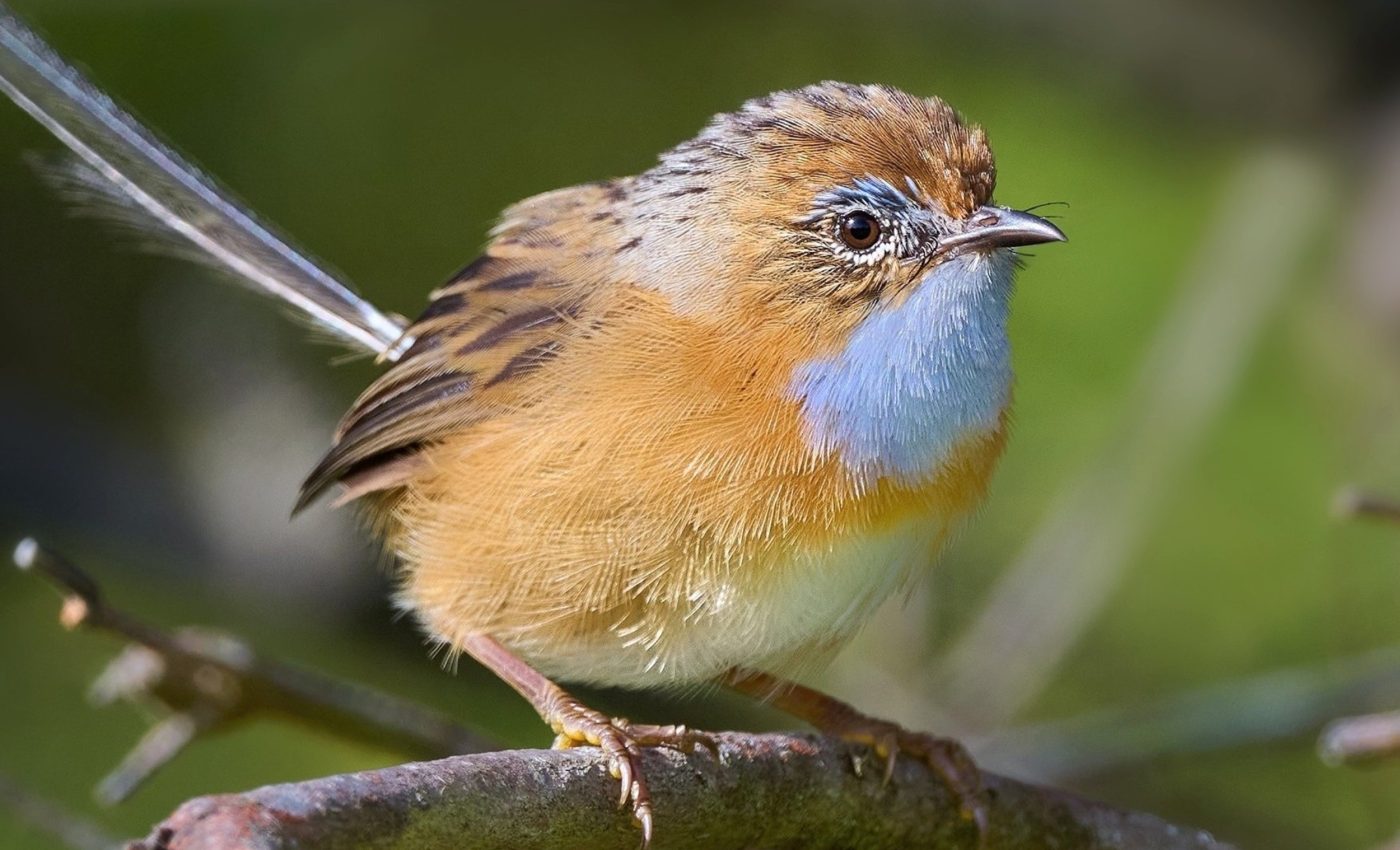
Traffic noise amplifies habitat loss for rare birds
Birdsong once filled Australia’s mornings. Now, the sound competes with traffic and construction. The hum of human life keeps growing, leaving little space for quieter creatures.
Scientists at Flinders University have discovered that small, rare birds are struggling to be heard. The problem isn’t just the loss of peaceful soundscapes – it’s a deeper issue that affects how animals survive.
Many birds use songs to find mates, defend their nests, and warn others of danger. When these signals are lost in human noise, confusion follows.
Birds struggle with traffic noise
Over time, noise pollution changes how species interact and thrive. The once-vibrant chorus of nature is now at risk of fading into background silence.
The researchers found that traffic noise adds another threat to the Southern Emu-wren (Stipiturus malachurus). This bird, one of southern Australia’s smallest songbirds, already faces habitat loss and predators.
“Anthropogenic (human) noise has the potential to negatively impact wildlife by disrupting communication and reducing overall fitness,” said Julian Behrens, a PhD candidate in Flinders BirdLab.
“This includes the effects of traffic noise and other loud noises on the signaling behavior of this rather sedentary and territorial songbird.”
How traffic noise changes birds
Behrens examined how traffic noise affected territory defense and song changes in four subspecies of Southern Emu-wren.
The research covered regions from Adelaide’s Mount Lofty Ranges to Kangaroo Island, Coorong, and the Eyre Peninsula.
“Our results add to a large body of evidence that the territorial defense behavior of songbirds can be altered by short-term traffic noise exposure,” said Behrens.
These findings mean noise pollution doesn’t just interrupt communication – it changes how birds behave when protecting their space.
Noise and bird behavior
Dr. Diane Colombelli-Négrel, senior lecturer in animal behavior at Flinders University, noted that the effects reach far beyond what we can hear.
“Traffic noise not only affects birds’ ability to communicate for mating, but also influences how they defend their territories, as changes in detection and response behavior can directly affect territorial outcomes,” said Dr. Colombelli-Négrel.
If birds can’t recognize intruders or attract mates, their survival chances drop. For threatened species like the Southern Emu-wren, this makes recovery harder.
Human impact on islands
While Australian birds battle urban noise, island species fight a different kind of disruption. Professor Sonia Kleindorfer, a senior co-author and founder of BirdLab, studies birds in the Galápagos Islands.
Her recent work shows that heavy land use and climate change have cut insect numbers in half and reduced species diversity by 27 percent.
Remote islands might seem untouched, but they hold some of the world’s highest extinction rates.
Professor Kleindorfer, now leading the Konrad Lorenz Research Center at the University of Vienna, has spent decades studying how invasive species, parasites, and disease affect Darwin’s finches and other vulnerable birds.
Birds, traffic, and insects
Dr. Lauren Common, a postdoctoral researcher at the University of Vienna, led another study published in the Journal of Insect Conservation.
Working with the Charles Darwin Foundation, Dr. Common’s team collected more than 15,000 invertebrate specimens on Floreana Island.
“Invertebrate community structure, abundance and diversity clearly differed between agricultural land and national park sites, highlighting another aspect for conservation management priorities,” said Dr. Common.
The difference was clear: natural areas supported far more life than farmland.
Restoring what’s lost
Professor Kleindorfer emphasized that the research sets the stage for recovery.
“It also provides a comparison of the impact of the ecological restoration activities on Floreana Island, that include eradication of invasive species and reintroduction of locally extinct species,” she noted.
The research builds a baseline for future work. Scientists can now track how efforts like species reintroduction and pest removal change ecosystems over time.
A call for awareness
From South Australia to the Galápagos, human activity reshapes nature’s rhythm. Traffic noise, deforestation, and farming all leave their mark.
The Southern Emu-wren’s fading song is more than a warning – it’s a call for awareness.
Birds rely on their songs to find mates, protect their homes, and keep their communities alive. When their voices fade beneath the roar of engines, the loss spreads across the ecosystem.
Protecting quiet spaces is not just about birds; it is about keeping nature’s balance alive for everyone.
The study is published in the journal Ibis.
—–
Like what you read? Subscribe to our newsletter for engaging articles, exclusive content, and the latest updates.
Check us out on EarthSnap, a free app brought to you by Eric Ralls and Earth.com.
—–













